TLDR
Stortorget is Stockholm's oldest square in Gamla Stan, famous for colorful buildings and the 1520 Stockholm Bloodbath. Home to the Nobel Prize Museum and Christmas markets.
Stortorget doesn't immediately wow you the way some European squares do. The colorful buildings are nice, sure, but you've probably seen prettier.
What makes this square special is what happened here and what it represents for Swedish history. After visiting multiple times across different seasons, I've learned that Stortorget rewards visitors who understand its dark past and its role as Stockholm's medieval heart.
It's the kind of place that looks cheerful while hiding brutal history beneath those bright facades.
What is the story behind Stortorget?
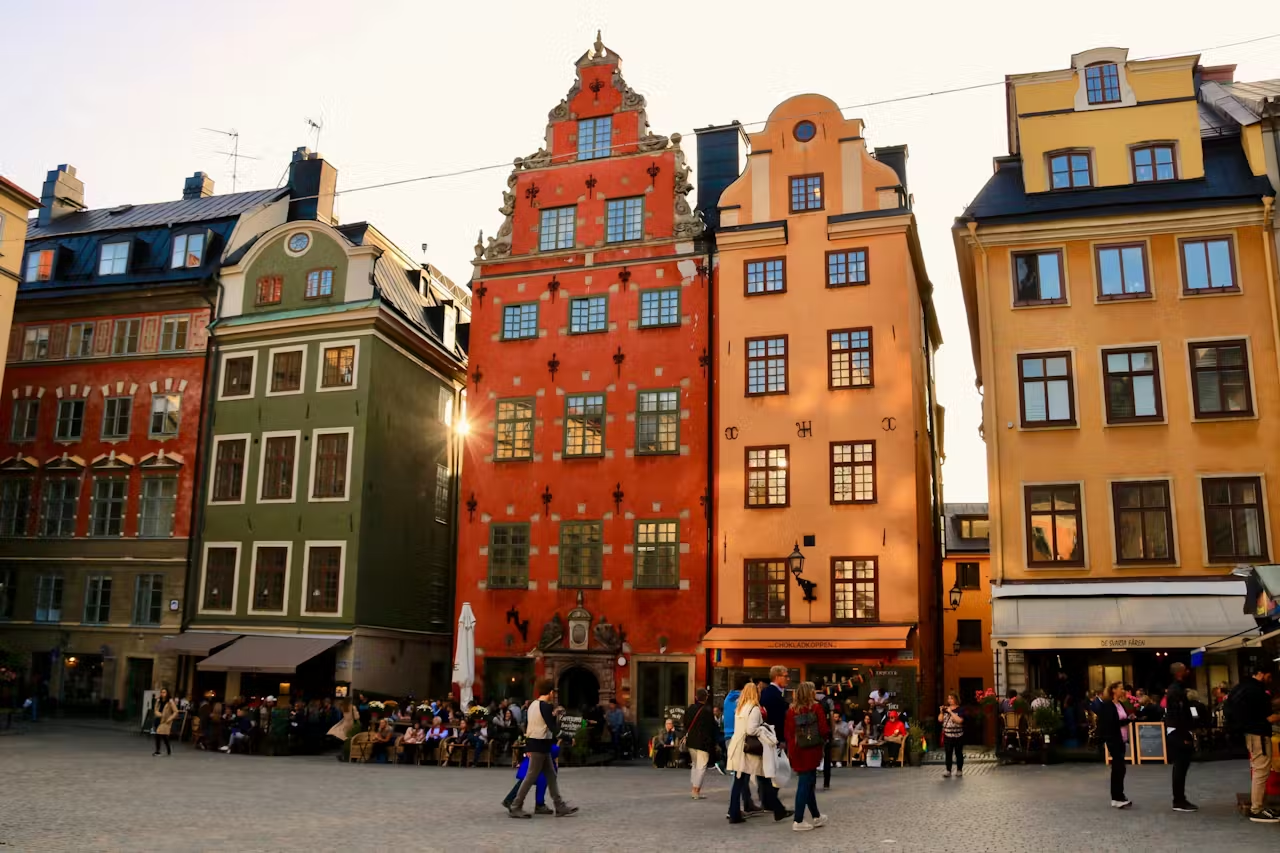
Stortorget dates back to the 13th century when Stockholm was founded. The square served as the city's marketplace and social center throughout medieval times. The surrounding buildings, though rebuilt after fires, maintain the square's historical character. The name means "Great Square" and it was literally the center of Stockholm life for centuries.
Public executions, markets, and civic gatherings all happened here. The square's most infamous moment came in November 1520 during the Stockholm Bloodbath when Danish King Christian II ordered the execution of Swedish nobles and clergy. This massacre sparked Sweden's independence movement.
Today the square remains Gamla Stan's heart, though tourism has replaced most historical functions.
What historical events happened at Stortorget?
The Stockholm Bloodbath in 1520 is Stortorget's most significant historical event. Danish King Christian II invited Swedish nobility to a reconciliation banquet, then accused them of heresy and had 82 nobles and clergy beheaded in the square over three days.
This massacre, intended to crush Swedish resistance, instead sparked rebellion led by Gustav Vasa who became Sweden's king in 1523. The bloodbath is why Sweden celebrates independence and why relations between Sweden and Denmark remained tense for centuries.
Beyond this event, Stortorget hosted regular markets, public punishments, and civic ceremonies throughout medieval and early modern periods. The square witnessed Stockholm's development from small trading post to capital city.
How old is Stortorget?
Stortorget dates from the mid-13th century, making it approximately 750-800 years old. The exact founding date is unclear since medieval records are incomplete, but the square existed when Stockholm was chartered as a city around 1252.
The current buildings surrounding the square are much younger, mostly from the 17th and 18th centuries after fires destroyed earlier structures. The square's layout and function as a central marketplace have remained relatively constant despite physical rebuilding. Some building foundations may contain medieval stonework.
Stortorget is Stockholm's oldest square and represents the city's medieval origins. The age matters less than the continuous use as Stockholm's central gathering place.
What does Stortorget mean in English?
Stortorget translates directly to "Great Square" or "Big Square" in English. The name is straightforward and functional, describing the space's purpose and scale relative to other medieval Stockholm squares. "Stor" means great or large, "torget" means the square or marketplace.
Many Swedish cities have a Stortorget as their main square, similar to how English towns have Market Squares. Stockholm's Stortorget is the most famous but not unique in name. The simplicity of the name reflects medieval naming conventions focusing on function over poetry.
What can you see at Stortorget today?
The square features colorful baroque buildings in red, yellow, and orange creating Stockholm's most photographed scene.
The Nobel Prize Museum occupies the old Stock Exchange building on the north side, displaying Nobel laureate achievements and stories. Various shops, restaurants, and cafes line the square, though most are tourist-oriented with prices reflecting the location.
In the square's center, you'll find occasional street performers and market stalls. The buildings house a mix of businesses including tourist shops and some offices. The square itself is paved and relatively small, maybe 100 feet across.
A well marks the approximate center. The architecture represents 17th-18th century rebuilding following typical fires that plagued wooden medieval Stockholm.
What is the best time of year to visit Stortorget?
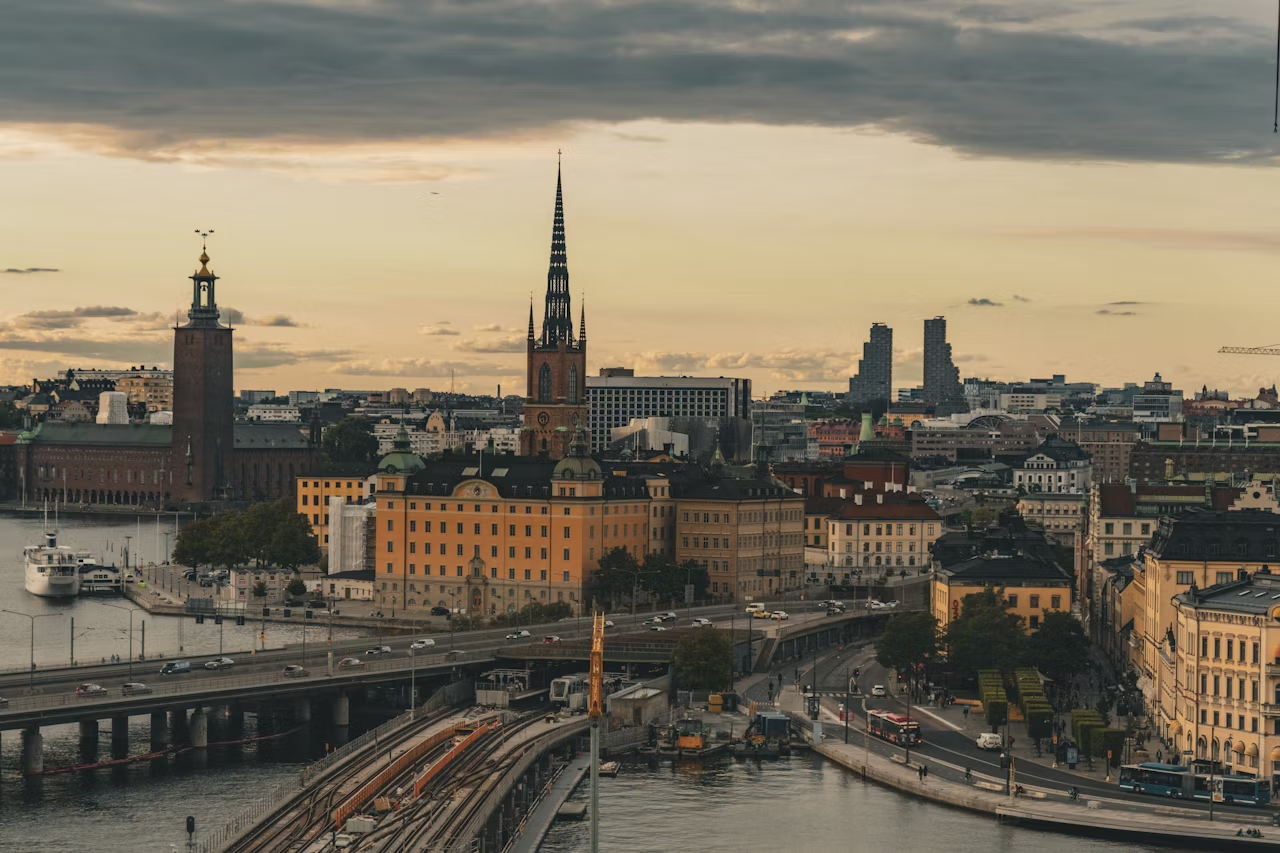
The Christmas market (late November through December) transforms Stortorget into Stockholm's most atmospheric square with wooden stalls, lights, and glögg (mulled wine). However, crowds are intense and prices are high.
Summer (June-August) offers long daylight and pleasant weather but maximum tourists. May and September provide decent weather with fewer crowds. Winter outside Christmas market season is cold but quiet with dramatic lighting.
Early morning any season offers the best photos before tour groups arrive. Late afternoon provides good light on the colorful buildings. Weekday mornings beat weekend crowds. The square looks attractive year-round but feels most special during Christmas market if you can tolerate crowds.
How much does it cost to visit?
Visiting Stortorget itself is completely free since it's a public square. You can walk through, photograph the buildings, and enjoy the space without paying anything.
The Nobel Prize Museum charges admission (around 120-140 SEK for adults). Restaurants and cafes around the square are expensive, expect to pay 150-250 SEK for a basic meal, more for dinner. Christmas market items are pricey. Coffee runs 40-50 SEK. Tourist shops charge tourist prices.
You can experience Stortorget meaningfully without spending money beyond perhaps a coffee. The surrounding Gamla Stan neighborhood has better-value restaurants on side streets. Photography is unlimited and free, making this accessible even on tight budgets.
What is Sweden's oldest city?
Sweden's oldest city is debated between several contenders.
Sigtuna, founded around 980 AD, has strong claims as Sweden's oldest existing city with continuous settlement. However, Birka on Björkö island (founded around 750 AD) was earlier but abandoned by 975 AD, so it doesn't count as continuously inhabited. Skara also claims ancient origins with medieval credentials.
Stockholm is younger, founded around 1252, making it medieval rather than ancient by Swedish standards. The debate involves definitions of "city" versus settlement and continuous inhabitation. Regardless, Stockholm became Sweden's capital and most important city despite not being the oldest.
What else should you see nearby Stortorget?
Gamla Stan concentrates Stockholm's medieval and early modern attractions within an easily walkable area. Beyond Stortorget, essential nearby sites include:
- Stockholm Cathedral, Sweden's coronation church dating to the 1200s
- The German Church with impressive baroque architecture
- Royal Palace with museums and changing of guards ceremony
- Riddarhuset (House of Nobility) showcasing Swedish aristocratic history
- Nobel Prize Museum right on Stortorget itself
The entire old town takes 2-3 hours to explore main attractions. Everything sits within a 10-minute walk from Stortorget. The narrow medieval streets connecting these sites are attractions themselves.
Is it worth seeing Stortorget?
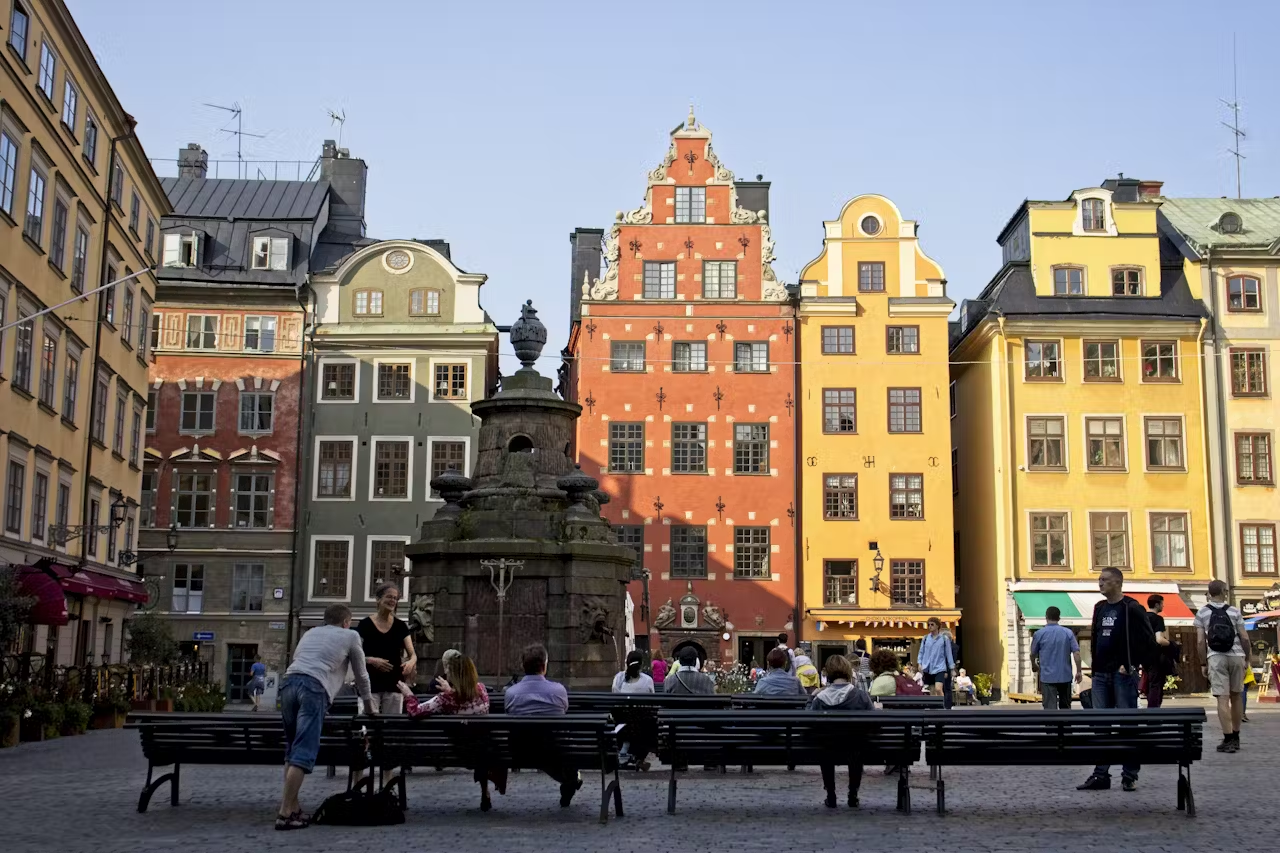
Yes, but with realistic expectations. Stortorget is worth seeing as part of exploring Gamla Stan, not necessarily as a standalone destination. The colorful buildings photograph well and the square has genuine historical significance.
However, it's small, tourist-heavy, and somewhat commercialized. The Christmas market elevates the experience if you visit in December. The historical context of the Stockholm Bloodbath adds depth but you need to know that story beforehand or read informational plaques.
For visitors doing any Gamla Stan exploration, you'll pass through Stortorget anyway since it's centrally located. Budget 15-20 minutes unless you're visiting the Nobel Prize Museum or eating at surrounding restaurants. It's pleasant but not transformative.
What should you know before visiting?
- Understand that Stortorget is heavily tourist-oriented with crowds and prices reflecting that reality.
- The restaurants and cafes around the square generally serve mediocre food at high prices. Better dining exists on Gamla Stan side streets.
- The square is small, so your visit will be brief unless you're museum-going or eating.
- Photography works best in morning light before 10 AM.
- The Stockholm Bloodbath history isn't immediately obvious from the cheerful buildings, so read about it beforehand for context.
- During Christmas market season, expect intense crowds and inflated prices.
- The square has no admission, facilities, or formal visiting hours since it's public space.
- Cobblestones require proper shoes.
- Summer sees tour groups packed shoulder to shoulder.
Explore Stockholm's Gamla Stan with StoryHunt
Want to discover Stockholm's medieval old town with expert audio guidance? StoryHunt's Personal Tour Guide creates customized audio walks through Gamla Stan's historic streets based on your interests - whether that's royal history, the Stockholm Bloodbath, medieval architecture, or Swedish cultural heritage.
The interactive map guides you from Stortorget to the Royal Palace, Stockholm Cathedral, and hidden corners most tourists miss. Learn the dark history behind the colorful buildings, understand medieval Stockholm's layout, and explore at your own pace with stories that bring centuries of Swedish history to life.

.webp)




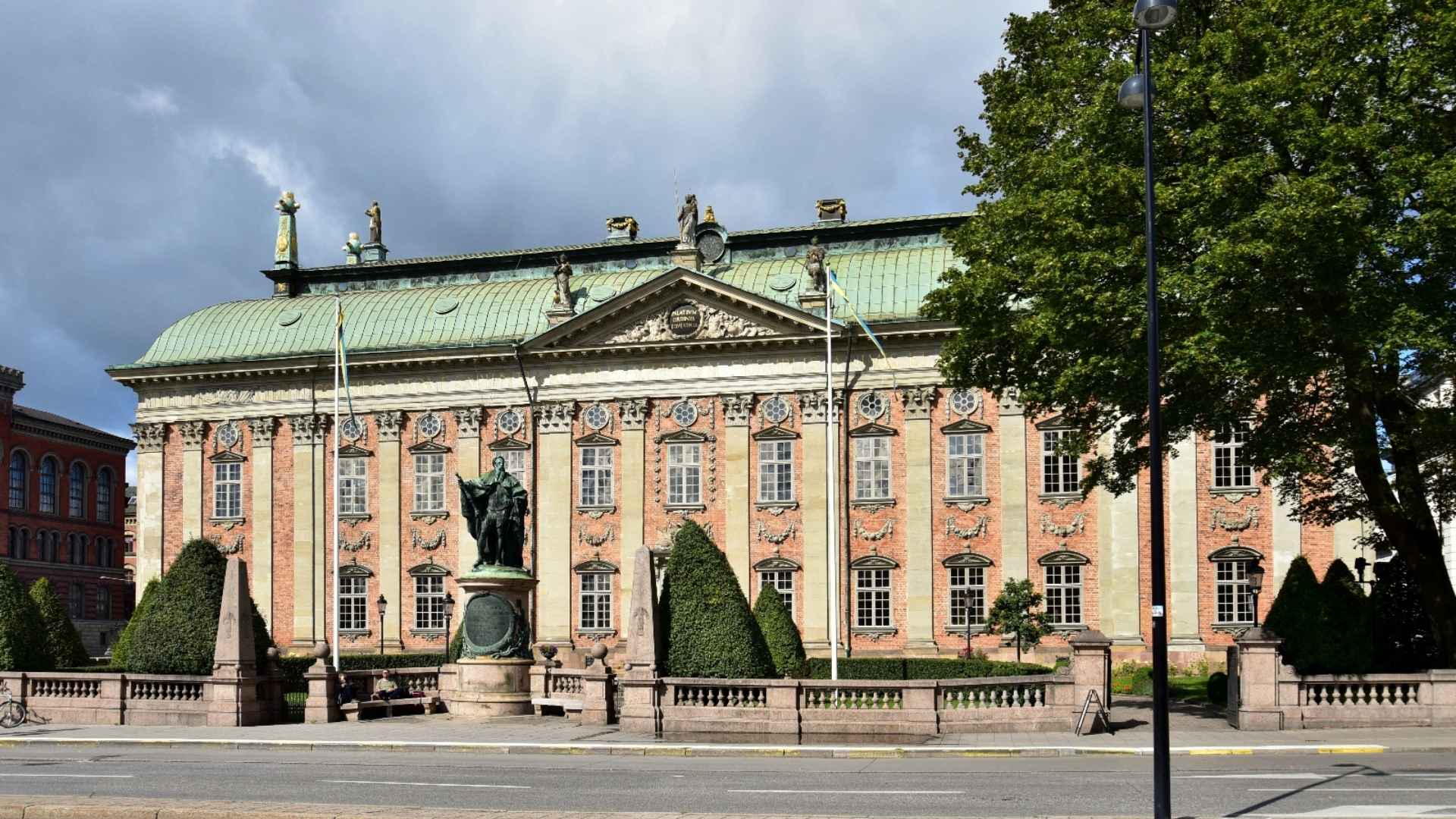
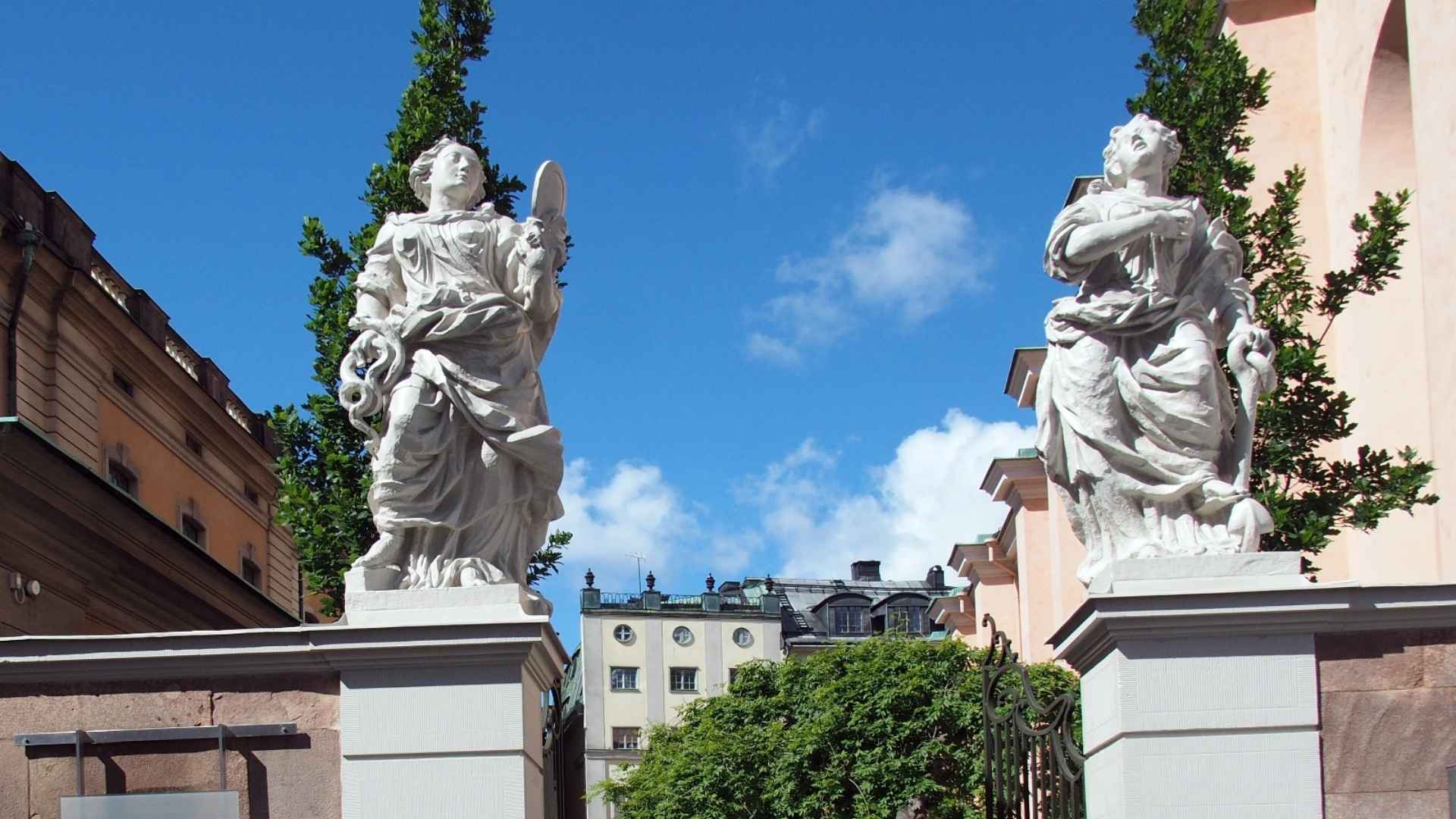





.avif)





